In the course of your career, you’re bound to encounter moments of job dissatisfaction. It’s a common feeling, and its intensity can vary significantly due to various factors. Rather than bluntly declaring, “I hate my job,” it’s essential to adopt a more professional approach to express your concerns and seek solutions. Sometimes, the best remedy may be to explore new opportunities.
Identifying Stages of Job Dissatisfaction
Feeling like your current job isn’t the right fit can prompt a search for new opportunities at any time. Your decision to make a move depends on the level of dissatisfaction you’re experiencing. Assessing the source and extent of the problem can provide valuable insights as you contemplate a transition. Consider these scenarios and their relevance to your situation. Keep in mind these key considerations when addressing job dissatisfaction:
1. Expressing Frustration Appropriately
While venting can be cathartic, be selective about sharing workplace frustrations. Opt for trusted friends or family members who are not connected to your workplace. Avoid airing grievances on social media or other public platforms, as they may be seen by current or prospective employers.
2. Maintaining Professionalism
Sustain positive relationships with your employer and colleagues. These connections can prove invaluable, whether you’re exploring opportunities within the same company or seeking references in the future.
Stage 1: “Work is Just Okay”
If you’re in this stage, you might find your job less than exciting or even feel indifferent about it. To make your work more fulfilling:
- Set Goals:
Visualize where you want to be in five years and evaluate whether your current role aligns with your aspirations. Discuss with your manager to make your workload more satisfying.
- Identify Enjoyable Tasks:
Notice which tasks you genuinely enjoy; invest more time in these to enhance your overall work experience.
- Network with Your Interests:
Explore other departments or positions that pique your interest. Seek opportunities to collaborate on related projects or build relationships with individuals in those areas.
Stage 2: “I’m Feeling Slightly Dissatisfied at Work”
In this stage, persistent discontent may have lingered for weeks or months. To address the issues:
- List the Pain Points:
Identify aspects, such as people, duties, processes, or cultural elements, contributing to workplace stress or frustration.
- Propose Solutions
Suggest improvements for each identified issue, potentially taking the initiative to resolve them. This proactive approach can lead to positive changes and showcase problem-solving skills, a trait highly valued by employers.
- Build Your Resume Stories of overcoming workplace challenges can be useful for future job interviews, particularly for questions like, “Can you tell me about a time you overcame an obstacle?”
Stage 3: “I’m Unhappy at Work”
Once you’ve pinpointed the sources of your unhappiness and attempted to address them independently, consider discussing your concerns with your supervisor. Managers often welcome feedback and may offer solutions you haven’t considered. Your feedback might also resonate with colleagues facing similar issues. If you’re uncertain about the problems, ask yourself:
- Identify Specific Issues
- Pinpoint tasks or situations causing discomfort.
- Evaluate Company Culture
- Assess whether company values align with your own.
- Assess Manager Support
- Gauge your manager’s support and recognition for your contributions.
External factors could also contribute to workplace dissatisfaction. Reflect on these sources and explore healthy coping strategies. Embracing and understanding your unhappiness can lead to personal growth and greater job satisfaction. It also helps you avoid landing in another stressful workplace.
Stage 4: “I Hate My Job”
If dissatisfaction persists despite self-reflection, problem identification, and communication with your employer, it’s time to seek more suitable opportunities:
- Set Clear Goals
Document your personal and professional goals to ensure your job search aligns with them.
- Review Frustrations
Examine the reasons behind your job search, learn from these experiences, and use them to reframe your approach.
- Update Your Resume
Highlight your latest achievements and tailor your resume to match the roles you’re considering.
- Explore Internal Opportunities
If you value your employer but not your role, explore openings in other company departments. If broader issues are at play, consider bypassing this step.
Remember that job frustrations may arise from a mismatch between your interests, skills, and your current role or field. If that’s the case, begin your job search by exploring positions better suited to you.






